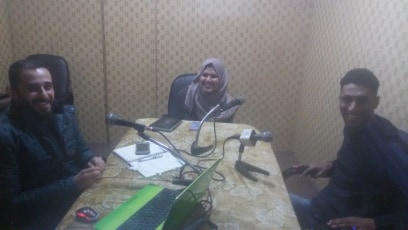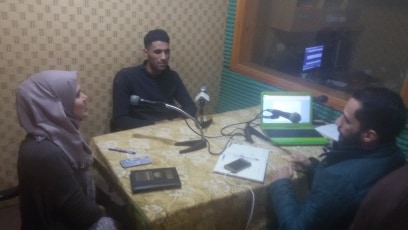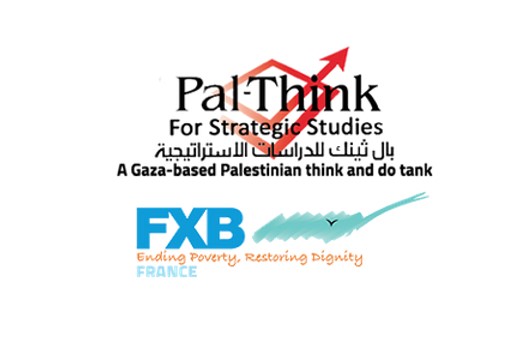- Contact Us
- +972 8-282-2005
- info@palthink.com
Second episode of a radio program entitled “Violence in Palestinian Schools”

Initiative “Promoting Nonviolence Culture within Mothers and their Children”
16 February، 2018
Initiative “ Disseminating nonviolence culture within kids ”
27 February، 2018Pal-Think for Strategic Studies held the second radio episode on Monday, February 18, 2018, entitled “Violence in Palestinian Schools” on Radio Alwan in the Gaza Strip. This came as a part of “The Benefits of Non-Violence as a Culture and Instrument for Conflict Resolution” project, funded by FXB International. This episode is the second of a series of 10 episodes to be held based on one of Pal-Think’s messages which is disseminating the culture of nonviolence and other related concepts within Palestinian community. We believe such a peaceful culture would bring about needed changes and favorable positives.
This episode aimed at raising awareness of Palestinian society about violence, the teacher-student relationship and violence types in schools as well as educational institutions role in renouncing violence. It was attended by Abeer Al-Shorafa, Head of Mental Health Department at the Ministry of Education in the Gaza Strip and two project participants: Raneen Al-Za’aneen, Master of Economics student and youth activist, and Ahmed Ahmed, a community activist.
Abeer started her speech by thanking Pal-Think for this community contribution. She stressed the need to study violence in schools intensively because schools are the second place for students, children and teenagers. Knowing the important role schools play in forming students’ personality, she highlighted the required role of psychological health in the Ministry of Education. For instance, she mentioned many programs designed by them which contribute to renouncing violence, allowing students to feel responsible and spreading the spirit of love, mercy and tolerance among them. Besides, she spelled out how many civil institutions play an effective role in cooperating with schools to implement initiatives that help students to absorb nonviolence culture and solve problems.
She also added how public schools must work out a plan against violence, through periodic meetings with parents in order to promote values of tolerance and accepting others. The role of mentors and psychologists could be more effectively activated, too. In addition, the cuases of violence can be mitigated through sports and recreational activities. She illustrated how violent students could be treated by being motivated by their teachers and through competitions among students without fanaticism, but to excel in peace and tolerance.
Ahmed, first, defined violence in schools and educational institutions and explained many forms of violence there, such as physical and psychological abuse. He added that teachers and trainers have to be fully aware of the factors that constitute violence in students in order to be able to identify and suppress it within them.
Finally, all episode guest speakers stressed how schools and educational institutions must work hard to guide students properly away from violence.
Raneen started by explaining the reasons behind violence inside schools. she connected that with their environment which initially forms their personality and how schools could affect these aspects and may improve or deteriorate them.
To listen to the episode, click here







